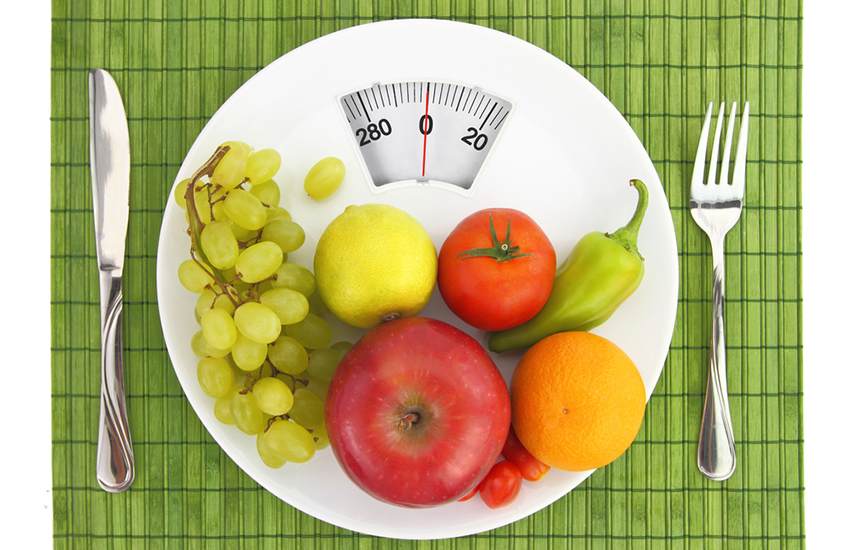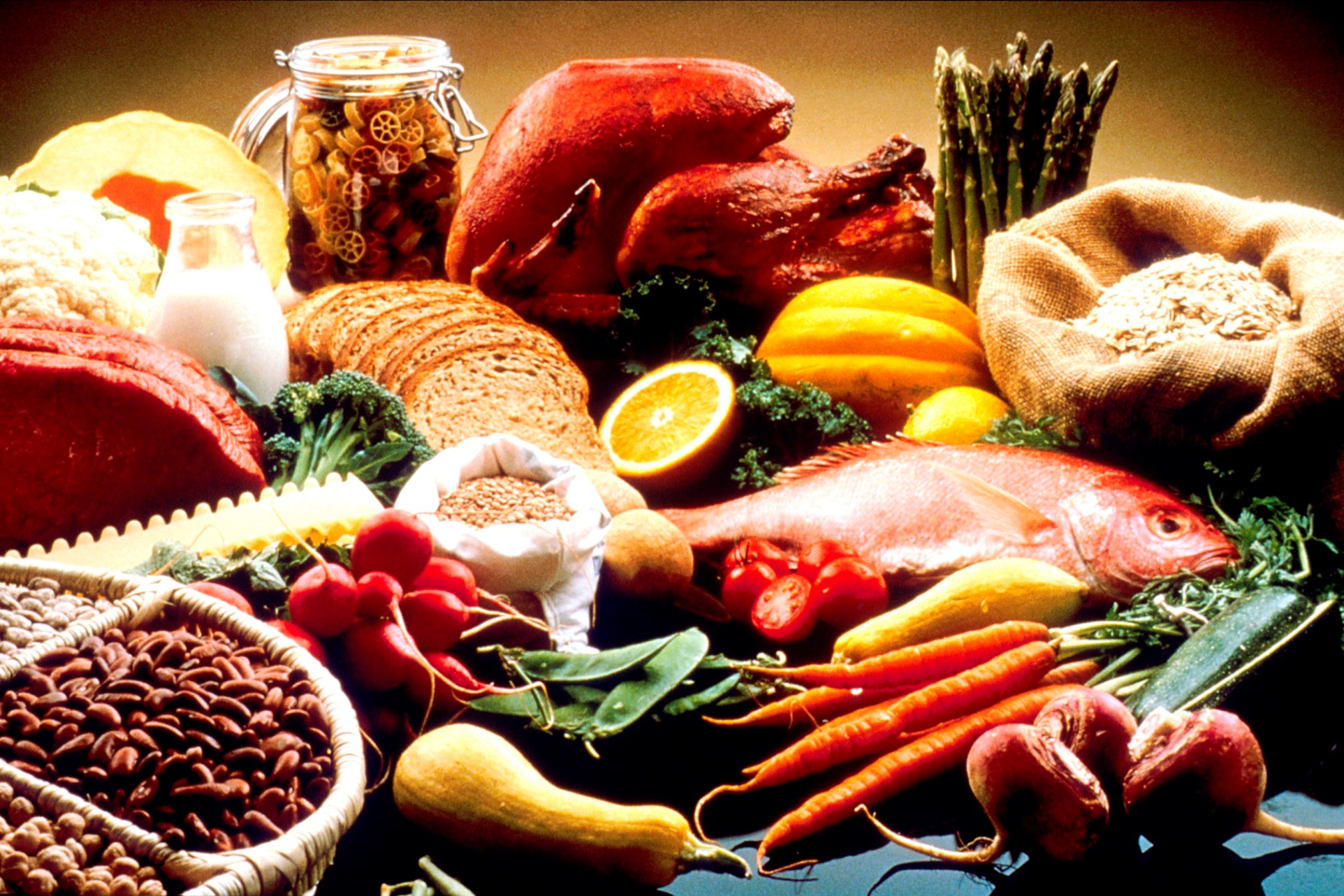Today, we’re going to learn a little bit about food, and its relationship to eating healthy (and reaching, then maintaining a normal weight).
To start, consider skimming through Brazil’s new Dietary Guidelines document from 2014. It’s a pretty incredible (if aspirational, for North American cultures) basis for a healthy diet, and a huge majority of the population would be much healthier if we all adhered to its recommendations. It might not be perfect, but the document uses sound principles and advocates adaptability and sustainability in food sources.
Among the most important recommendations these dietary guidelines make is to avoid highly processed foods, sticking to natural or minimally processed foods. The document highlights the importance of fats and oils in cooking, while suggesting avoidance of prepackaged foods that contain larger amounts of these unhealthy lipids.
Comparing these new Brazilian guidelines (available as a 150 page PDF) to Canada’s Food Guide (summarized in a 1-2 page pamphlet) isn’t really a fair comparison. That being said, with some nuance and self-awareness, it’s possible to keep Canada’s simpler, existing food principles in mind to stay healthy.
Canada’s Food Guide
Below is a critical evaluation of Canada’s Food Guide, and tips on how to reap the most benefits from it while avoiding potential pitfalls. If you haven’t done so already, go and take a look at Brazil’s dietary guidelines when you’re done. They’ll be waiting for you here, here, and here.
Growing up in Canada gives you a strange relationship with food. Once you are old enough to understand that candy and chocolate is bad for you, and vegetables are good for you, things start to get really confusing. Something I never considered when I was in adolescence is that nutrition guidelines are written by people. People can have biases, and make decisions based on pressure and money. The Dairy Farmers of Canada are the only reason dairy shows up in the Food Guide at all, for example.
Canada’s Food Guide seems relatively easy-going when it comes to food that isn’t mostly sugar, suggesting the consumption of some of each of four food groups:
- 5-10 servings of vegetables (for vitamins and minerals & natural sugars; includes fruit and fresh or frozen vegetables)
- 2-3 servings of meat/alternatives (this basically means protein; includes beans, eggs, and nut products)
- 6-8 servings of grain products (this is for fast energy and some nutrients; includes cereal, pasta, and rice)
- 2-4 servings of milk/dairy (effectively “fat” and maybe calcium; includes cheeses, yoghurt and soy)
As a child, we learned about these guidelines, which have been tweaked and changed over the years, but the main food groups have remained consistent overall. This food guide, from adolescence until early 20s for young Canadians, is often seen as the gold standard for nutrition. However, there are a few reasons to take a closer look at this Guide, and perhaps think critically about choices made based on its guidance.
5-10 Servings of Vegetables
This one is a no-brainer. The most egregious part of this section of the Guide comes when you consider that the serving range for vegetables is “capped” at 10 servings. In fact, fresh or packaged vegetables should generally be the largest portion of the food anybody eats in a day, and with so much of the food that makes up this group consisting in large part of water, it will usually be the healthiest part of a day’s food intake. Don’t limit yourself to ten servings of vegetables if you’re hungry, the only reason recommended servings aren’t higher is because for most people, ten servings a day is already unattainable.
Eat as many servings of fruit and veggies as you can, even at the expense of any other food.
2-3 Servings of Meat & Alternatives
Meat is an interesting food type. For many people, it’s the main way to get protein and other very important nutrients. However, in modern times, with no shortage of readily available meat, we’re almost certainly eating too much. A serving of meat, according to the Canada Food Guide, should be the size of a deck of cards. If you go eat a steak, you’re probably eating at least 2-3 servings of meat. Much more commonly than that, though, is the fact that with chicken breasts growing quickly in the last few decades, having just one is way too much for a meal.
Be aware of large servings sizes of meat in burgers, chicken breasts, and other meals. Get some meat in your diet, but it’s easy to overdo it.
6-8 Servings of Grains
This is a tough one. In the early-mid 2000s, this food group stood at 5-12 servings. Today, that recommendation is almost cut in half. This is because there are many tasty, but ultimately unhealthy, foods that fit into this category. Many grain-based foods are chock-full of sugar, and serving sizes are not very large. It’s incredibly easy to blow past the recommended amount of grains in a day, even with the intention of eating healthy meals. Combine that with the fact that white bread is basically candy (without even getting to many cereals), and with growing plate & serving sizes at home and in restaurants, and it’s easy to see how obesity is a growing public health concern.
If you can, avoid grains except in small amounts, or if you’re in dire need of some quick energy (which often isn’t the case in a modern world full of convenience stores and supermarkets).
2-4 Servings of Milk/Dairy
The last entry on the Canada Food Guide is also the least deserving to be there. Milk and dairy products are effectively candy for the purposes of an adult diet. While milk and related foods do contain calcium, which is important for bone health, once you’re through childhood, there are many better ways to ingest plenty of calcium (like dark, leafy veggies). Milk can actually function pretty well as a sports drink (if you keep it cold) since it contains lots of easy to digest sugar, fat, and some protein. But for everyday use, if you’re not having any dairy, don’t sweat it.
If you’re going to have some milk, cheese, or yogurt, don’t worry too much about it. But if you don’t have any, REALLY don’t worry about it. The Dairy Farmers of Canada played a big part in getting milk featured so prominently in the Food Guide, and they’re a little biased.
Conclusions
To summarize, don’t worry so much about what you’re eating on a given day (as long as you have some veggies). If you’re going to worry, consider how much you’re eating, and if you can reduce the amount (serving sizes) of meat, dairy, or grains that you’re having, that goes a long way towards keeping extra weight from sticking.
The Canada Food Guide is an outdated set of recommendations based on old nutrition science, and if it were re-written today following modern scientific principles, and without advocacy group pressure, it would likely look a lot different. Being aware of the limitations of the Food Guide, along with a little bit of food science, it’s not too complicated to determine what foods can be part of a healthy diet.



